Grief is something we don’t talk about often enough. Death is as much a part of life as birth, yet it’s still a subject we don’t always feel comfortable discussing. Whether it’s something we face ourselves, or we want to help our friends and family with the more information we have the better we are to help ourselves and others.
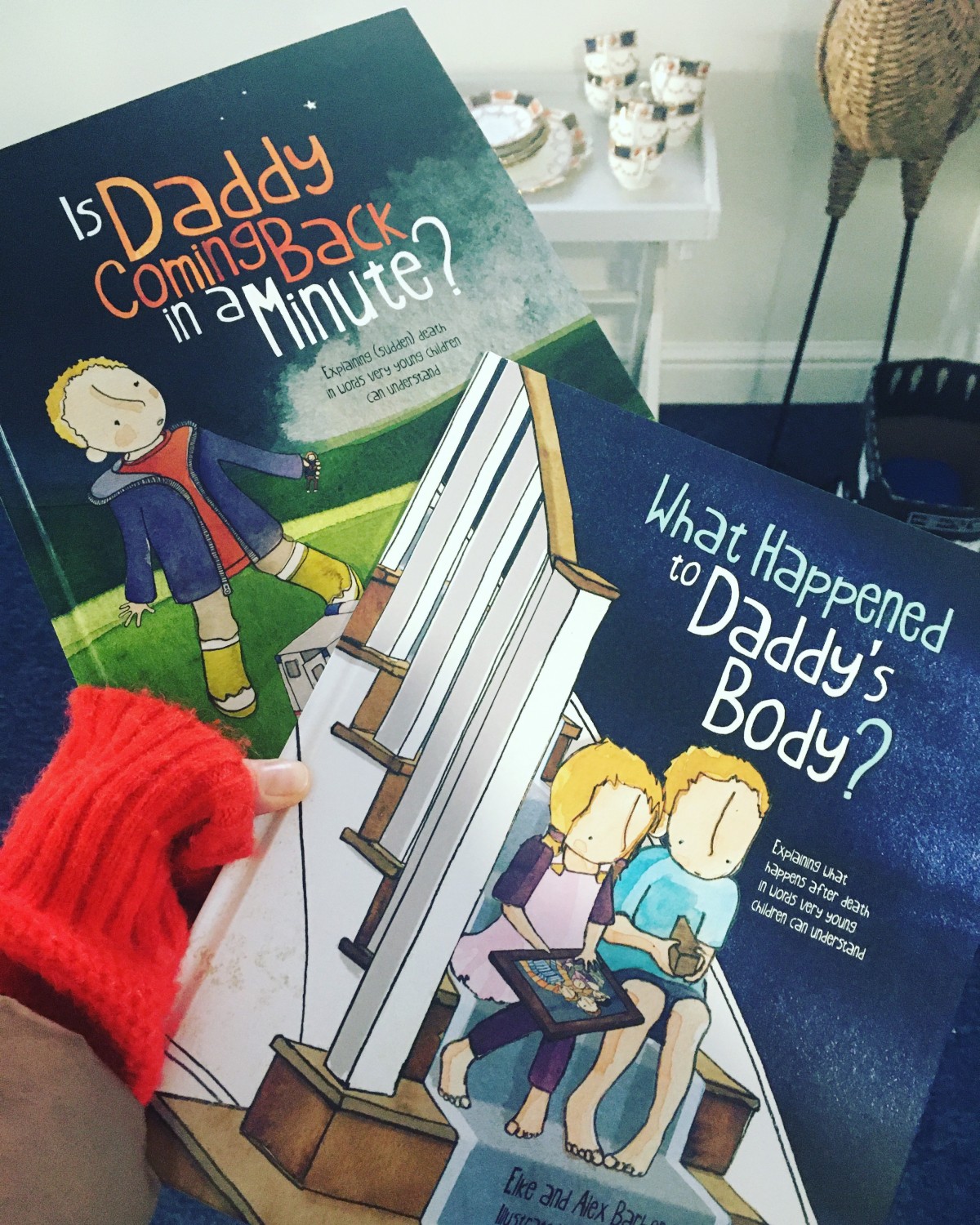
Sarah from Full Circle Funerals said she often gets asked how best to support children at a time of grief, and as a Mama to young children herself she wanted to share some of what she’s learned in her journey. She’s kindly sharing it with us today on the blog. I hope you find it useful…
Supporting your child after loss
Children experience many losses – they might lose a precious toy; family circumstances might change, or they may lose connection with other people when they move from nursery to school. Many young people also experience bereavement when a pet, grandparent or other significant adults dies.
Supporting children after loss can feel daunting and we can often be worried about doing the wrong thing. However, if we approach it with kindness, honesty, and patience then it can also be a very powerful way to support their growing resilience and ability to self-care.
Communication
It is natural to want to protect your child from distress and we can do this by trying to mask loss in gentle language. Although well intended, this language can be unclear, and a vivid imagination can lead children to fill in the gaps. We have the following tips:
- Use simple, truthful explanations and then invite the child to ask questions and seek clarification
- After someone has died, explain what has happened to their body because this is often confusing for children.
- It is okay to admit that you do not have all the answers and you might not be able to fully explain what happens after life. You might invite a conversation about what they think might have happened and will give you some shared language going forward.
- “The Paper Dolls” is a beautiful book, written by Julia Donaldson – it shares the idea that the things that we have lost live on in our memories.
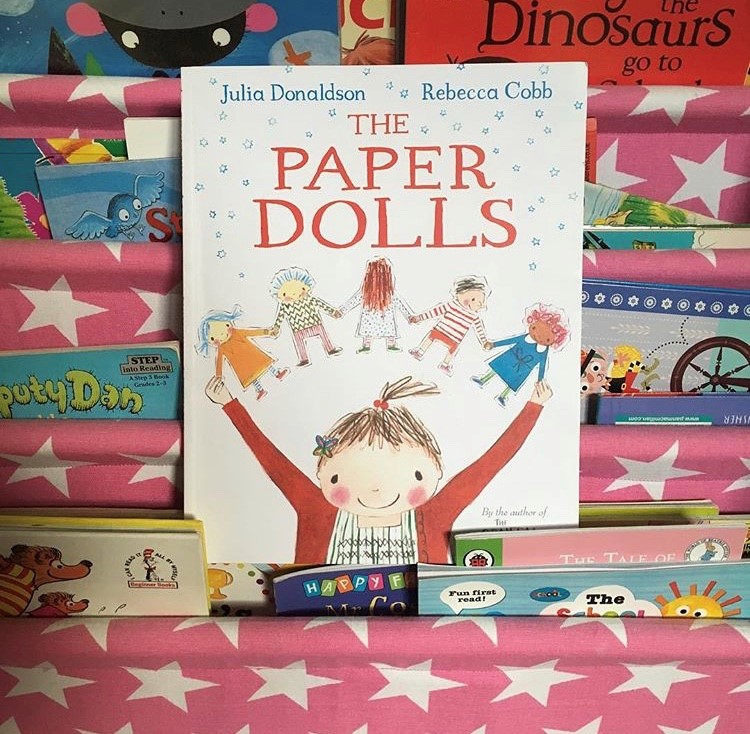
Navigating difficult feelings
After loss, children can experience a wide range of emotions and it is helpful to talk about these feelings so that you can reassure them that it is okay to feel as they do and help them to share their thoughts. Naming different feelings is a helpful way to start – I found “The Book of Feelings” by Amanda McCardie helpful when speaking to my daughter.
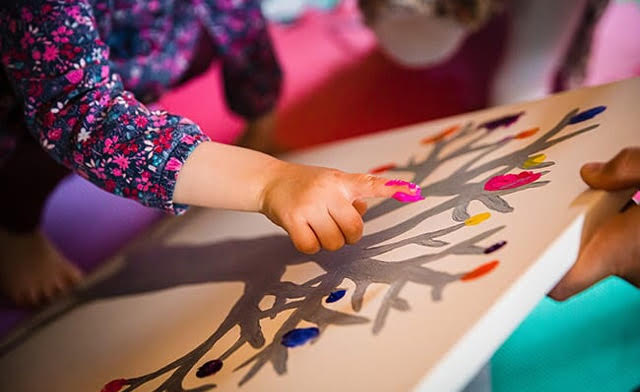
You might like to encourage you child to express themselves in words (by speaking or writing) or by drawing pictures about how they are feeling. Sometimes children find it helpful to have a special bear that they can tell their worries to, who will hold onto them so that they do not have to.
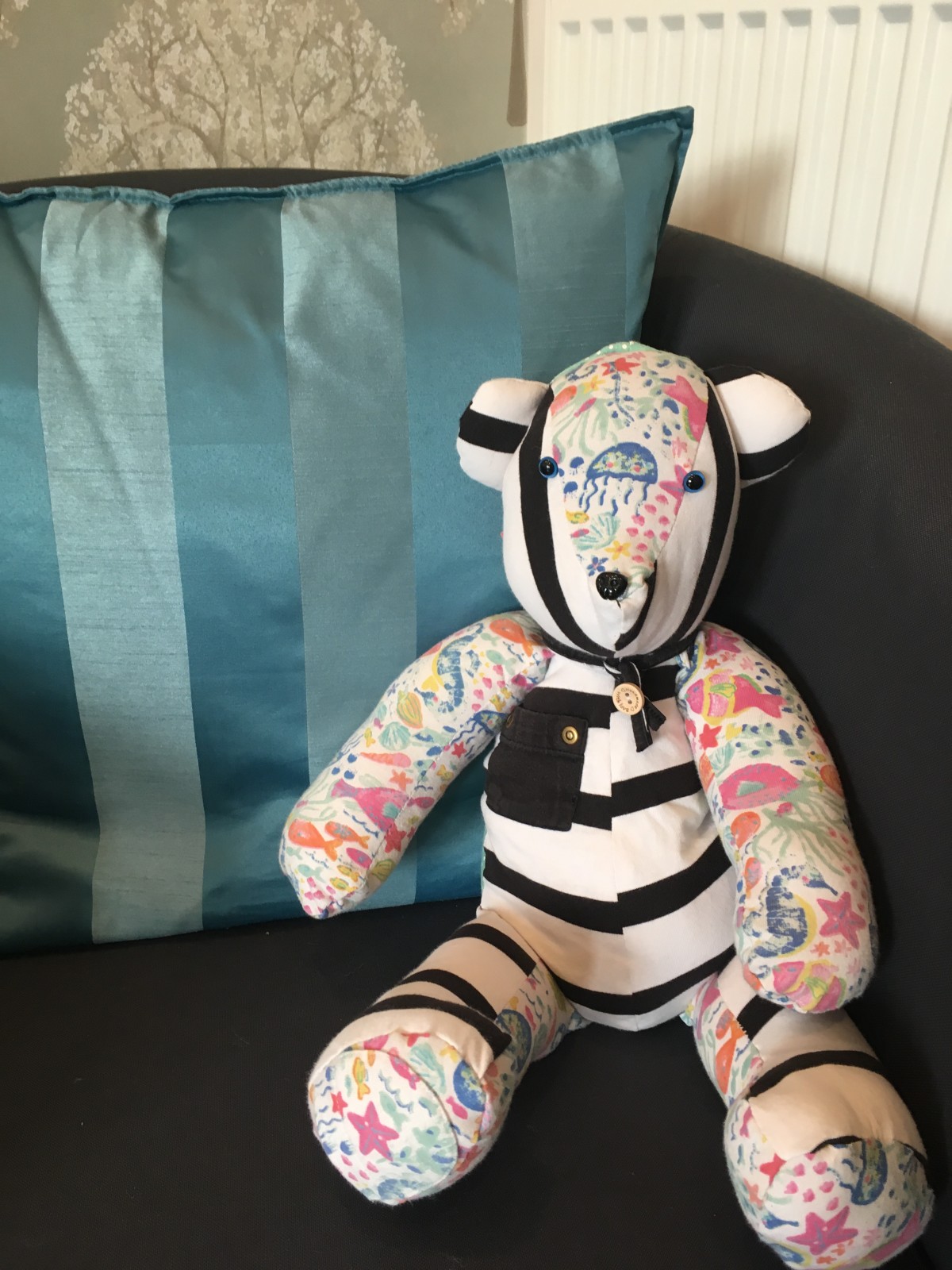
Continuing bonds
The continuing bonds theory explains that when we experience bereavement or loss, we need to form new and positive relationships with that individual or situation. There are several activities which support the development of these positive, continuing bonds. For example:
- Talking about memories helps to reinforce them
- Memory walks or creating memory sand or pebble jars can be a helpful way to start taking about memories
- Memory bears made from items of clothing can create something they can touch and hold, which feels special and private
- If you indicate that you are happy to talk about these memories (even if it might make you sad sometimes) then this is a powerful signal encouraging a child to do the same
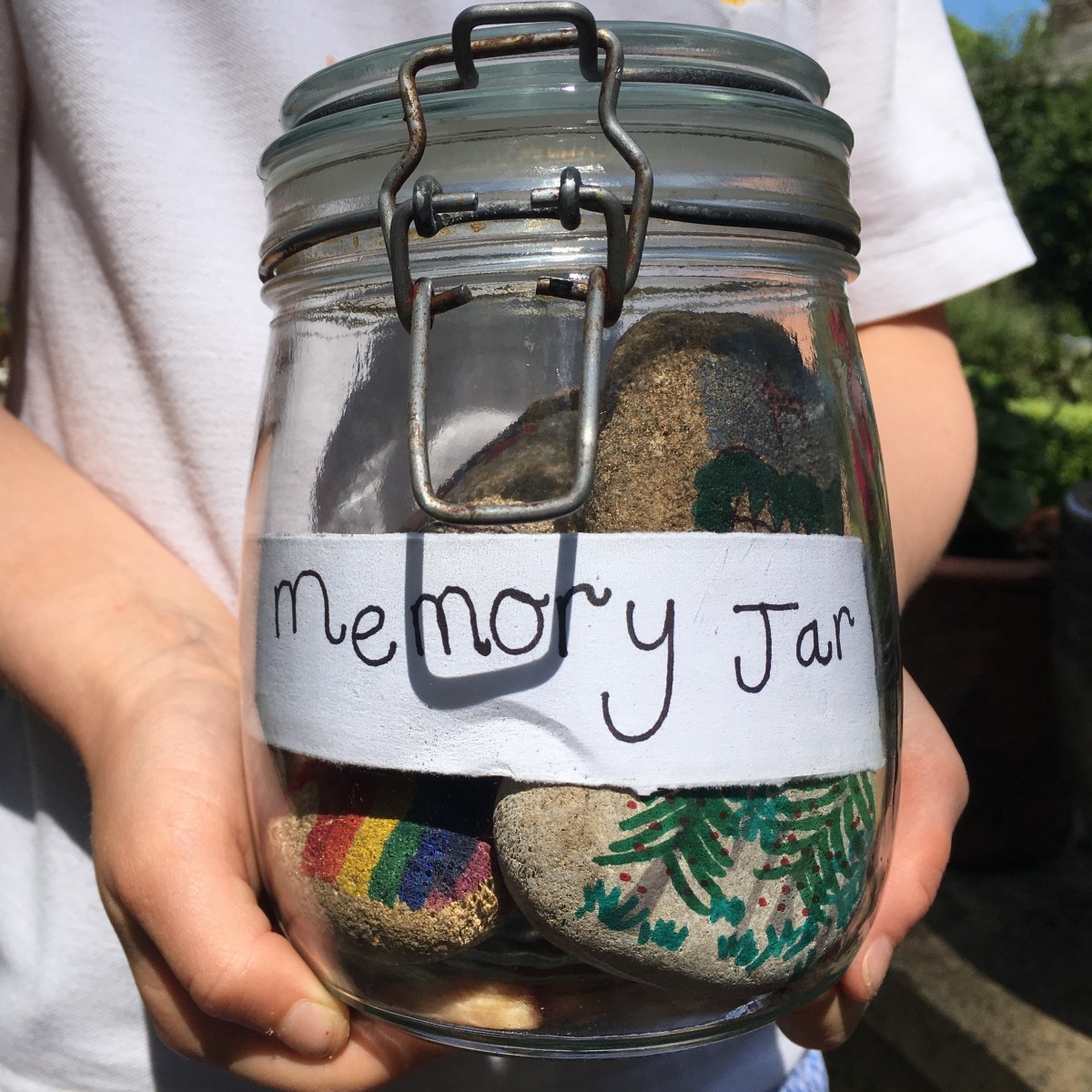
Further advice
If you have any questions or would like any other examples of activities or tools, please do get in contact with Sarah at [email protected]

This post has been sponsored by Full Circle Funerals, the words are Sarah’s and I hope you have found it valuable.

